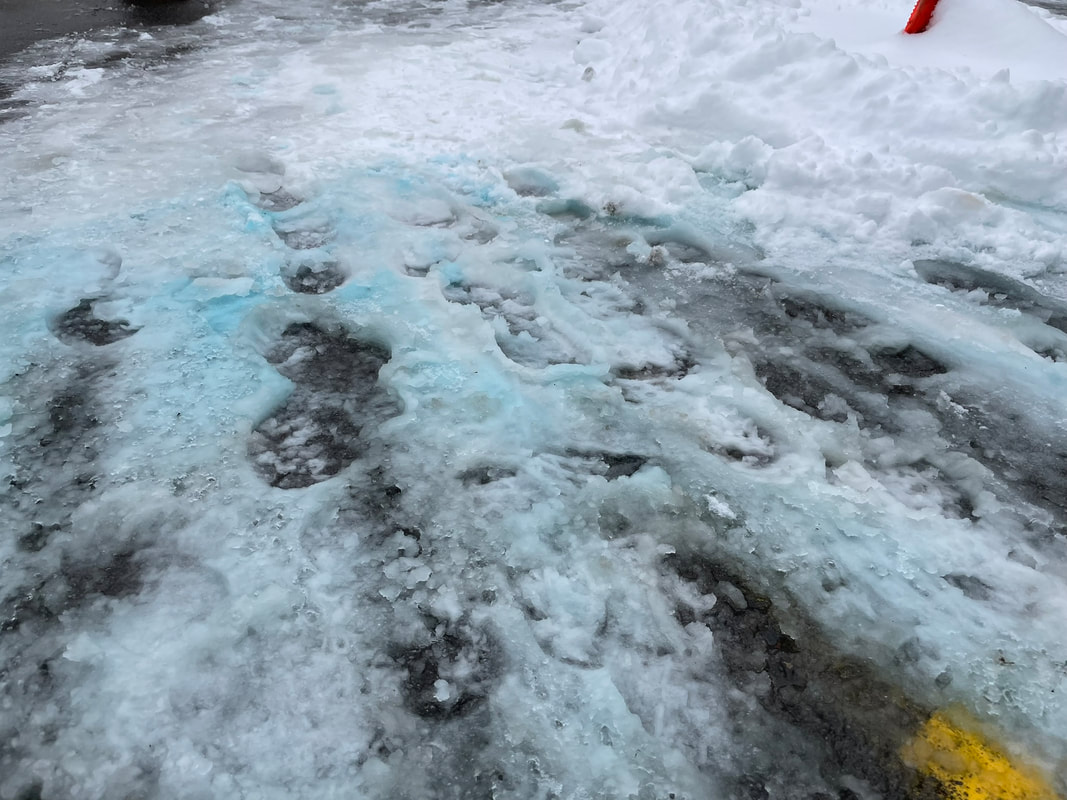|
Salt is entering our lakes and streams in the form of chloride from the use of road salt to deice, for water softening, and from fertilizer, manure, and dust suppressants. Once a water body is polluted with salt, it is virtually impossible to remove it. All it takes is 1 teaspoon of salt to contaminate 5 gallons of water permanently! Salt is of particular concern in the Shingle Creek watershed because Shingle and Bass Creeks are impaired due to chloride. The chloride impairment affects fish, plants, and invertebrates that live in and near the streams; high chloride concentrations disrupt organisms’ ability to function and can result in a stream devoid of life.
The use of salt is necessary for many reasons. It creates safer driving and walking conditions, ensures our plumbing works properly, and more, but there are a few things you can do to minimize your impact.
|
Follow the progress of the Limited Liability Legislation bill in the Minnesota House and Senate. The bill would provide liability exemption for salt applicators who go through MPCA's Smart Salting training program, get certified, and document their practices. The bill supports more effective salt use without jeopardizing public safety.
|
CONTACT US
Shingle Creek and West Mississippi
Watershed Management Commissions 3235 Fernbrook Lane N, Plymouth, MN 55447 Phone (763) 553-1144 Fax (763) 553-9326 Email [email protected] |
WE'RE SOCIAL
Join our mailing list today!
|
The Shingle Creek and West Mississippi Watersheds are on Dakota and Anishinaabe land. For more information about land acknowledgements check out the Native Governance Center website.

